Chokeberry and its properties - no upset!
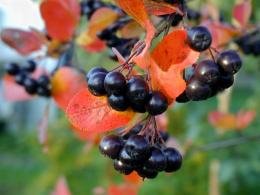
Chokeberry is a well-known shrub with a height of one and a half to two meters. Its second name is Aronia chokeberry. But not everyone knows that chokeberry and its properties have healing powers.
Growing chokeberry
So, the European territory of our country is perfect for growing chokeberry. It can grow in both rich and poor soils. It loves the sun, but can bear fruit in partial shade, although the yield will be smaller. In winter it can withstand temperatures down to minus 40 degrees. Propagated by seeds, and cultivated varieties by cuttings and layering. Frost-resistant. The fruits are ready for consumption in late September - early October.
Properties of chokeberry.
Aronia fruits can be eaten without processing. They are dark in color with a slight smoky touch, their taste is sweet and sour, slightly astringent. These berries are very useful. They contain a large amount of acids that are beneficial to the human body, including malic acid. Vitamins and microelements are also present in abundance: iron, pectin, iodine, molybdenum, manganese, copper, boron. One of the main advantages of this berry is that it contains a lot of tannins, which have a good effect on the digestion process, and the sorbitol content in chokeberry fruits allows them to be eaten by people with diabetes.People with diseases of the cardiovascular system can also experience the benefits of this berry: regular consumption of juice from them perfectly reduces blood pressure. These small black fruits can protect against radioactive radiation! Chokeberry and its properties are faithful helpers in the fight against many ailments. Jams are made from it, tinctures are prepared, frozen and widely used in cooking.
Carefully!
A high acid content can negatively affect the health of people with diseases of the gastrointestinal tract, for example, gastritis and stomach ulcers.

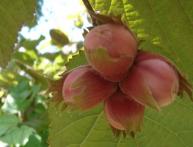

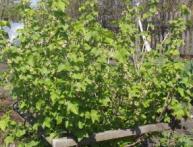
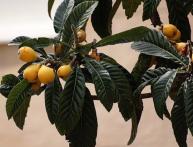

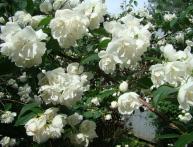
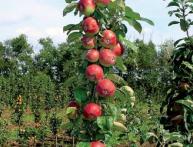
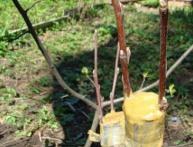
Comments
I have been growing chokeberry for many years. Mostly I ground it with sugar, gave it to friends and didn’t forget to leave it on the tree for the birds for the winter. But I recently read that this rowan affects blood clotting and should not be consumed by people who are at risk of developing blood clots. Is it so?